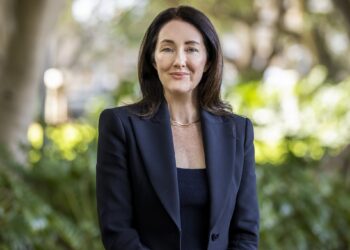The development of innovative comprehensive retirement income products will require the Federal Government to examine not just the affordability of tax concessions, but look at how the entire retirement income system is interconnected.
Such is the argument from a non-partisan body of policy experts and academics, which added that with more Australians favouring income streams in retirement over lump sums, there was a need for greater innovation and reform in the retirement income system.
The Committee for Sustainable Retirement Incomes (CSRI) referred to an analysis released by the Australian Bureau of Statistics (ABS), which said almost 1.2 million people were receiving an income stream from their superannuation in 2013/14, while the proportion over 65 on income streams had increased from 20 per cent to 25 per cent over the past decade.
CSRI executive director, Patricia Pascuzzo, urged for the development of innovative comprehensive income products that tackled longevity risk and people’s different circumstances.
“This is a complex challenge as it involves the intersection of the tax, super, age pension and age care systems,” Pascuzzo said.
“The risk is that this complexity adds significant cost, favouring sophisticated, well-informed investors over the less financially literate with fewer resources.”
The ABS also noted the average value of super balances for males aged 55-64 in 2013/14 was $322,000, while the average balance for females stood at $180,000.
“There are no simple answers to the superannuation gender gap,” Pascuzzo said.
“A range of measures is needed if we are to make an appreciable difference to women’s security in retirement.”




